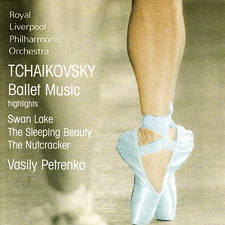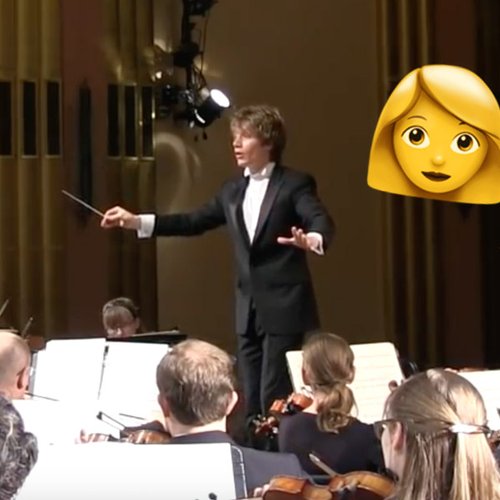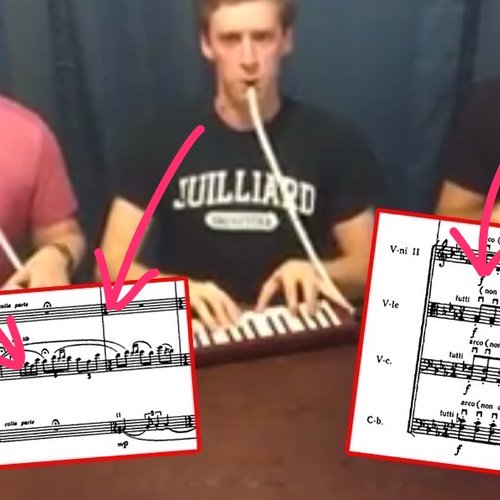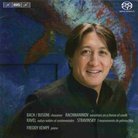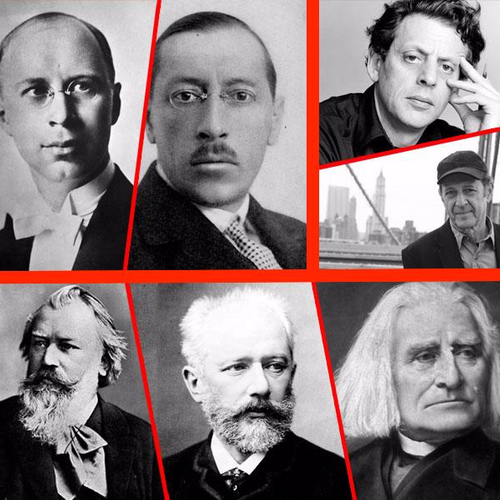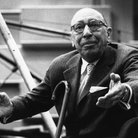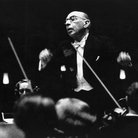Igor Stravinsky: The Rite of Spring
Is this the most influential and important piece of music to have been composed in the twentieth century?
Critics and musicologists have argued the point for years, but it’s undeniable that the Parisian premiere of Stravinsky’s ballet The Rite of Spring in 1913 was a momentous occasion – not least because it caused the most famous riot in the history of classical music.
The ballet came as a complete shock for several reasons: firstly, the primeval nature of the subject matter was revolutionary. Music and dancing that depicted pagan fertility rites was hardly run-of-the-mill stuff, even in such a bohemian city as Paris. Stravinsky’s earthy, violent music was scandalous for its disregard of accepted ballet forms and its seeming refusal to adhere to any kind of tradition. From the groaning cellos to the aggressive percussion, The Rite of Spring did not contain the kind of music or structures that would have been expected. Indeed, by the time the first part of the ballet was over, the police had already arrived and were making efforts to quell the riot among the outraged audience.
The Russian ballet impresario Sergei Diaghilev, with whom Stravinsky had collaborated on The Rite of Spring, was far from upset, though. On the contrary, he exclaimed that the reaction and ensuing pandemonium was ‘Just what I wanted!’
Recommended Recording
London Philharmonic Orchestra; Kent Nagano (conductor). Virgin: VCK 7915112.
Illustration: Mark Millington
